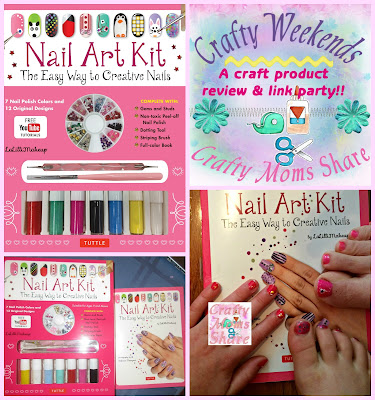Disclosure: I was sent a digital copy of this book in exchange for an honest review. All opinions are my own. I am working with The Children's Book Review and J.F. Bierlein to bring you this post.
Do you ever think about hands? We use them all the time, and life would be so hard without them. As I thought about hands and looked at my own handprint crafts, I thought about how we use them for sensory and let's face it there are so many great handprint crafts! I am sharing a large round-up of handprint crafts and hand sensations. Think about kids playing with play dough, slime and finger painting. Or the fact that we hold their hands all the time. Our hands are truly our sense of touch and something special to us. Today I get to share a beautiful book about hands. It is What Makes Hands Beautiful? by J.F. Bierlein and illustrated by Houda Zahid. There is a giveaway and the craft round-up at the end of the post.


















































